Venezuela
What to say about Venezuela? This is the second time that I’ve been here (if you want to know about the first time, which was also very memorable but for very different reasons, click here) and the place will always hold some very special memories for me. We were originally going to meet up with a friend of mine from the last time I was here, but she had an emergency (she’s an architect, and a building fell down, yikes!) so we weren’t able to meet up with her in Barquisimeto. So, instead, because we only had four full days which really wasn’t enough time, we went about trying to get ourselves to Venezuela’s top tourist attraction – Salto Angel (Angel Falls), the world’s highest waterfall. Getting there wasn’t going to be easy though, especially since the nearest town is accessible only by plane (or boat). So our adventure begins… don’t forget to count the number of days until we actually get to see Salto Angel
Caracas (8/3/07 – 10/3/07)
We arrived late (11:00pm) and exhausted at Caracas international airport. This was the second time that I’ve been here and I was quite impressed by the obvious renovations which had been done to make the airport a much more pleasant place to be, at least from a visual perspective. We were hounded by hustlers wanting to change our money and put us in a taxi… We finally made it to our hotel, which was the only one that we could get through to from Cuba as we had an out-of-date guidebook for Venezuela which didn’t have up-to-date phone numbers and area codes. The photo above wouldn’t be too out of place until you realise that the mirror in which you can see Nick is actually on the ceiling… yikes.
Venezuelan currency is in Bolivares, after Simon Bolivar. A 50 Bolivar note is worth just a little bit less than the paper on which it is printed… (or maybe I’m just making that up). Here we have 1.8 MILLION Bolivares which is roughly equivalent (depending on which shady dealer does your black-market currency exchange (because the official rate sucks)) to 600 US dollars.
Puerto Ordaz (10/3/07 – 12/3/07)
Venezuela, being politically aligned with Cuba, was not to be outdone when it came to… er… inspirational billboards. As an Australian, I had the overwhelming urge to cross out the bottom line and write “Glenn McGrath“.
After spending most of our time in Venezuela up until this point in Airports or seedy motels, we were relieved to finally get out and see some scenery. We found this gem of a park, which was impressively well-maintained and designed, about two kilometres out of town. It was absolutely picturesque, right on the intersection of two major rivers, it consisted of a collection of small islands which the park authorities had creatively linked via stepping-stones and small bridges.
We were told that Venezuela was well known for its diversity of wildlife owing to its favourable climate. We were not disappointed… here we see lots and lots of… fish.
Do not adjust your monitor… this is yet another panoramic shot because, due to the fact that I was standing on a bridge, I couldn’t step back far enough to capture the entire scene in one shot (click on the picture to see the full-size image). This was the highlight of the park, a 20m waterfall… the sound was deafening and the mist was very refreshing.
The waterfall again… from a slightly different angle. The photos don’t really do it justice. This waterfall was 20m high and was mighty impressive… our next waterfall, Angel Falls, is the world’s highest at over 900m.
Canaima National Park (12/3/2007)
And finally… two months to the day after we set off from Melbourne, on our last full day in Venezuela, we were on our way to Angel falls. This is the plane that took us there.
Walking out to the plane was interesting… well… we didn’t walk, a small bus took us from the terminal to the plane (total distance – 100m). The bus didn’t look too small though, since there were only five people in it. The plane, however, was much smaller than the bus. This is Nick, at about the moment when he realised that his camera wasn’t working and shortly before he realised that he didn’t have his wallet… it was also at least two hours before the bottom of a ziplock bag in which he was putting both our cameras fell out, dashing our gadgetry on the rocks below (luckily, both our cameras survived unscathed)… it was just one of those days.
On our way, we flew over some truly majestic scenery. This is a lake (Embalse de Guri, for those of you who are following our progress on a map) which was very very very big. If we had a lake like this in Australia (which was also this full) we wouldn’t need to worry about stage 3 water restrictions.
These rocky things are called “tepuis”, originally an indigenous word only in Venezuela meaning “mountain”, it has been adopted worldwide to refer to this specific type of table mountain. Don’t be decieved by the scenery, they are actually very high and isolate the plant life on top from… well, everything else. These tepuis represent the largest collection of endemic (species specific only to that place) flora anywhere in the world. This was a particularly clear day, but on cloudy days, clouds obscure the top of these things. These particular ones are about a kilometre high.
This is the setting for the camp at Canaima. The lagoon is fairly shallow in most places (except, of course, right under the waterfalls).
Our guide guides us down a path, eventually through to the boats which would take us around the waterfalls.
With all the wonderful wildlife around, it seems strange to take a picture of caged animals. But c’mon… two birds who are… well… into each other… that’s hot! They looked like they needed some privacy so I, naturally, took a photo…
This was quite a wide tree… and those grasshopper-like-insects are about the size of one of my hands. They were very tame, however, as our guide picked one up and tried to throw it at us… it had other ideas, it just opened its wings and flew away.
I’m not sure if this Orchid is slowly consuming the tree or if there is some kind of symbiotic relationship happening here. Nevertheless… it looks very pretty.
Some waterfalls, this is Salto el Sapito…. this is the dry season. D’oh
Oooohhh… some bigger waterfalls – Salto el Sapo. If this is what they are like in the dry season… I wonder what they’re like in the wet season. I think “dry” season here has a very different meaning to “dry” season in Australia.
We were able to walk under Salto el Sapo. The view from under the waterfall was pretty amazing as well… I had to keep my camera in a ziplock bag to keep it from getting wet because the spray from the waterfall was quite impressive. You can’t really see it, but there is a thin layer of water on my skin and my shorts are wet (good thing they’re not white). If I had anticipated that this photo would come out so well, I might have thought to do some exercise (did I mention that I am going to the World Speed Skating Championships in Cali, Columbia later this year?). Many apologies to… well… anyone who isn’t blind. I may have been a topless Apollo in a Euripides play, but standing under this waterfall makes a person feel very small and insignificant.
Nick, depite not having his budgie catchers or boardshorts, went for a swim in the lagoon. The sand was very white and fine and nice, so I stayed on the beach and massaged my toes in the white sand and enjoyed the… er… view (you can see Nick swimming, he’s the subject of the photo in case anyone was wondering).
Nick sits in the boat… “so where is this Angel Falls anyway? None of these waterfalls is quite 900m high” .
A final panoramic shot of the beautiful lagoon at Canaima. Click on the photo for a full-sized image (it is very big).
…and the grand finale: Salto Angel, a 982m drop. At the moment, in the dry season, no water really reaches the bottom, only mist (I guess we missed the wet season). Angel falls isn’t actually named after a divine creature, but rather, the name of the guy who discovered it. Mr. Jimmie Angel was flying around (as you do) and he saw the waterfall and probably thought “ooh, what a lovely waterfall” and landed on the top bit. Unfortunately, the plane got bogged so he probably thought… “oh, darn it!” (perhaps in slightly stronger language) and somehow managed to descend Auyan Tepui and make the 11 day trek through virgin rainforest back to civilisation. Interestingly, the indigenous name for the waterfall translates to “devil’s mouth”. (At times like this, I’m very glad that I have a 10 megapixel camera.) Click on the photo for a bigger version!

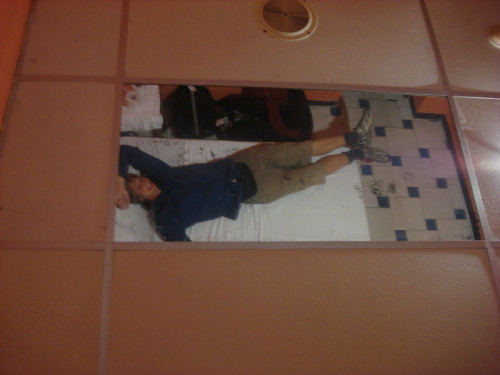
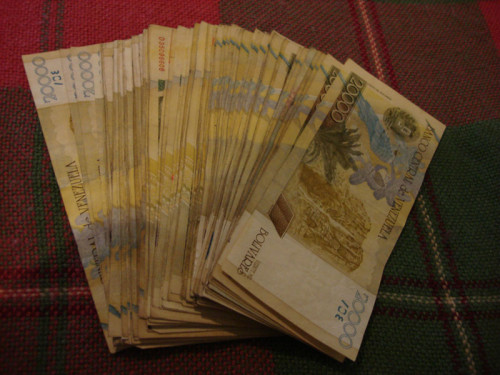
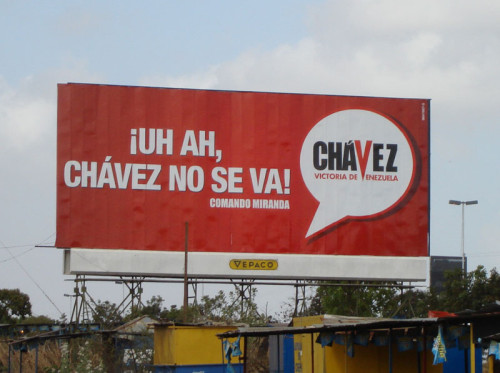
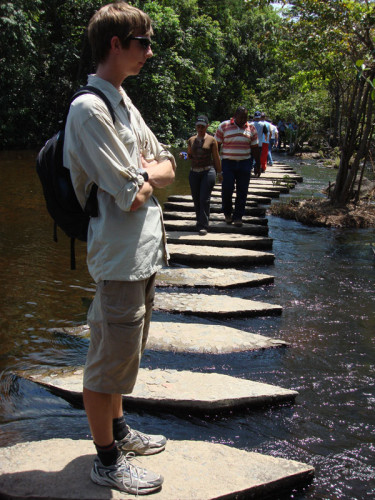
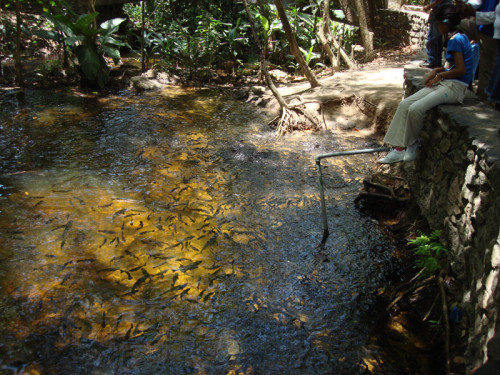
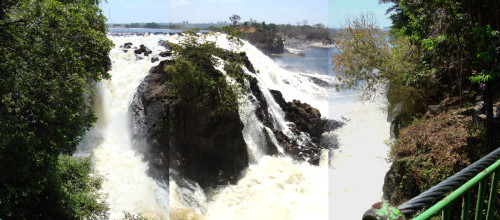
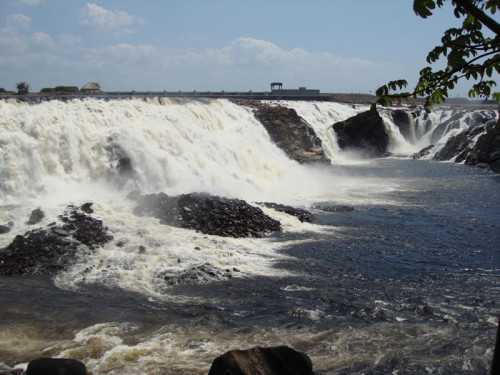
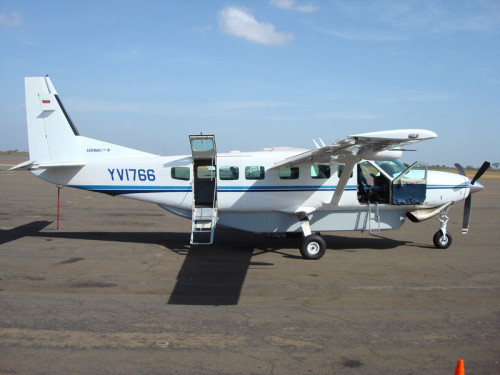
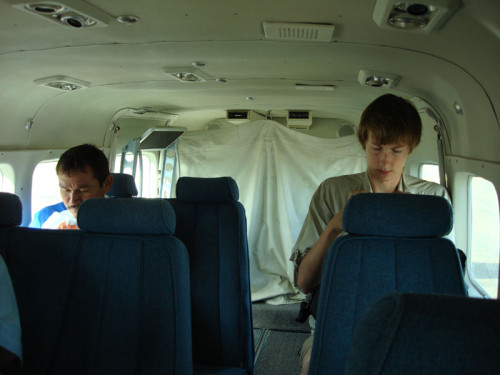
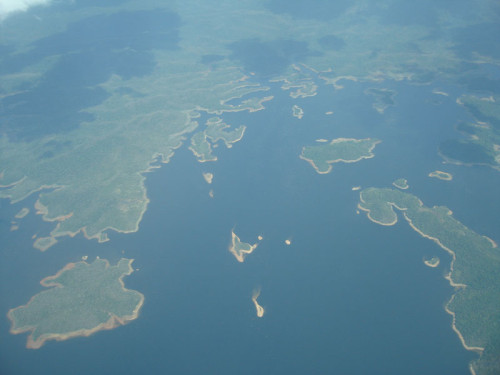
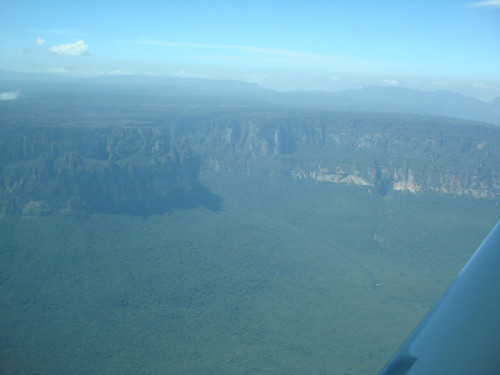
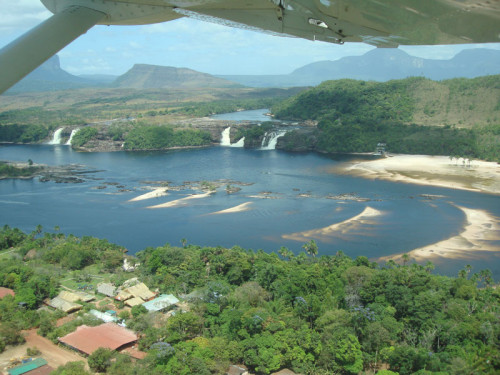
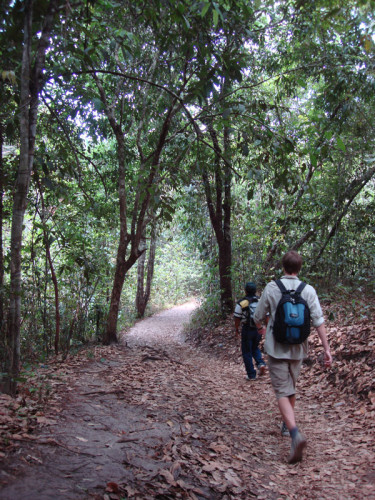
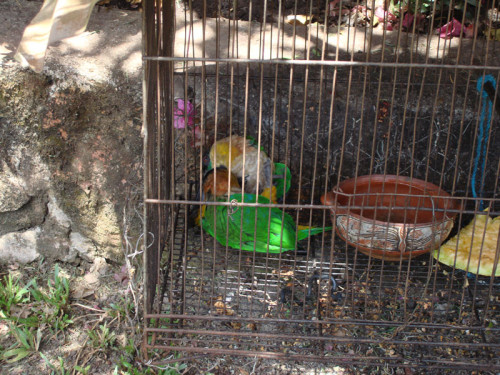
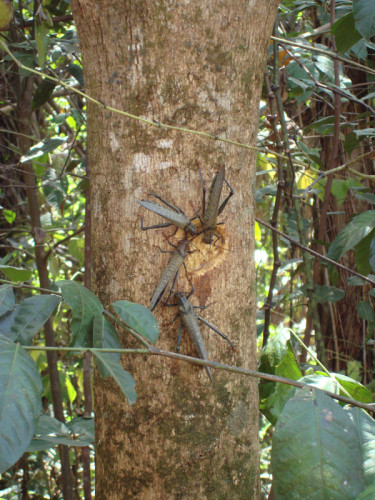
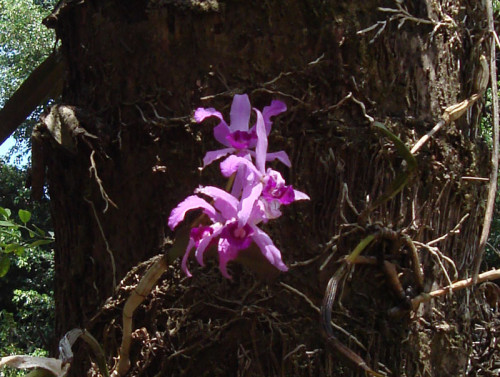
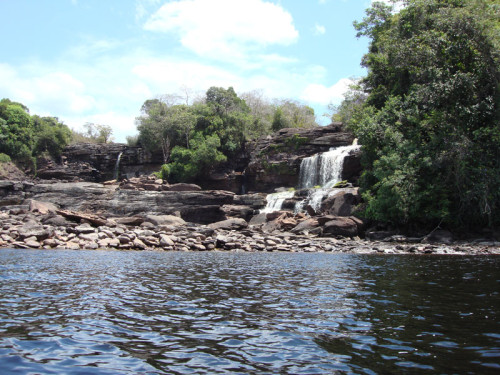
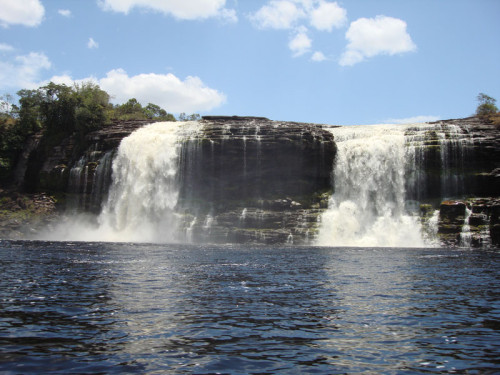
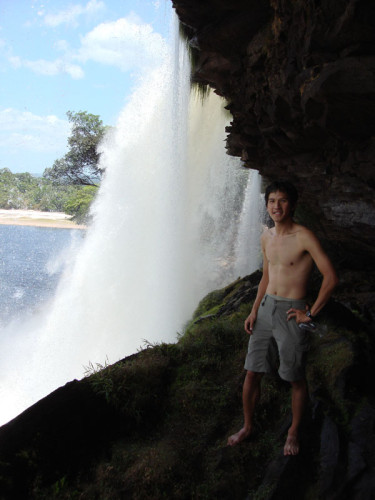
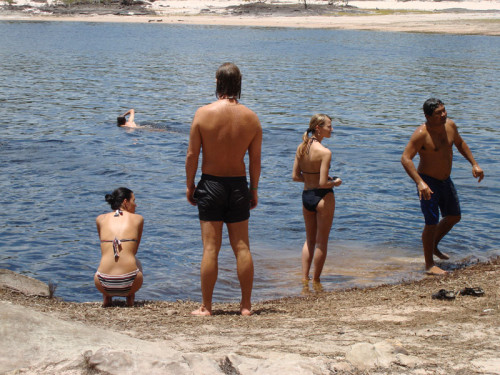
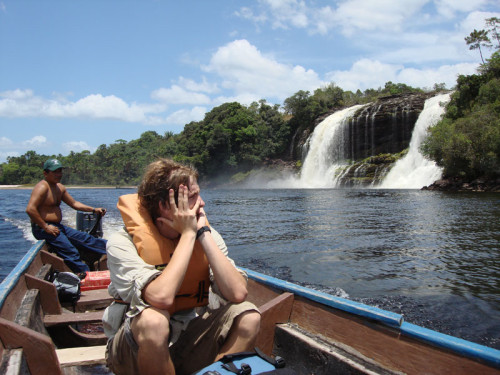

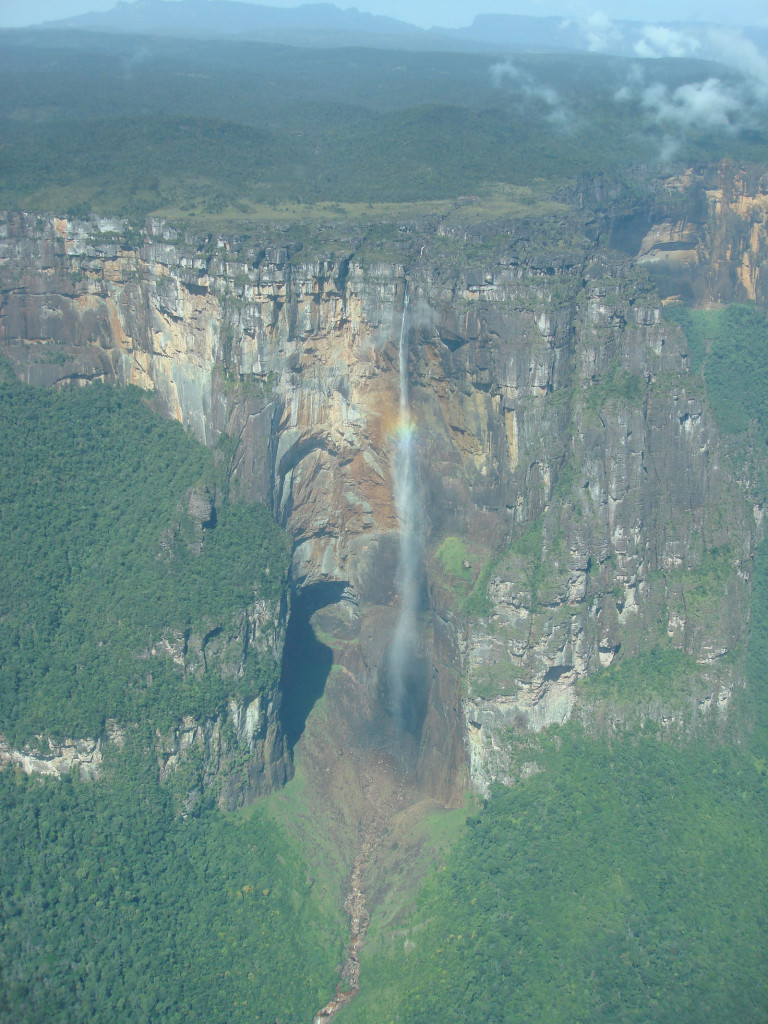
Hello!
I must say I really enjoyed your little story from Venezuela. As I can see, you well managed to have a trip to Canaima National Park although it was the dry season. Could you tell me if you had it arranged through any agency? Any tips/contacts would be much appreciated:-)
hi Renata,
glad that you enjoyed my little travel diary. Don’t forget to read the next article in the series Ahh… Venezuela.
We didn’t really arrange anything beforehand. We arrived at the airport in Caracas, and found a flight to Puerto Ordaz, then we found a random guy in the airport there who would fly us to Canaima for a day, and even included lunch. It was literally arranged on the spot when we got there…